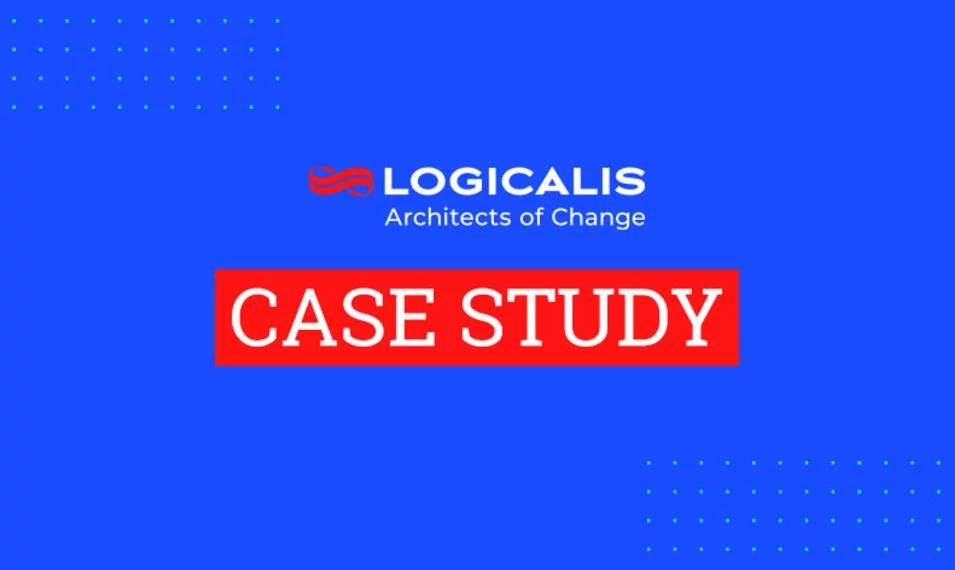, Jan 10, 2014
San Jose Marriott brings fast and seamless connectivity and high tech amenities to guests with a Logicalis custom-designed solution.
Demand for Cutting-Edge Hospitality Technology
Advanced technology provides a competitive edge in the hospitality market. Hotel patrons demand fast and seamless connectivity as well as other high tech amenities. Guests expect the same business-class network access they have at their offices throughout their hotel. Technology is now a strategic selling point for attracting conventions and sophisticated business travelers to a property. The 506-room San Jose Marriott was built to meet the growing demands for lodging and meeting space, and to attract larger business conferences to downtown San Jose. Until the Marriott was added, downtown had not seen a new hotel in ten years.
Any technology plan implemented at the Marriott had to work in parallel with two other facilities. The Marriott was built to connect to the existing 425,000 sq. ft. McEnery Convention Center. This, in turn, connects to a Hilton. Together, the three facilities now create a powerhouse poised to compete for large-scale convention business. The client, Walton San Jose Investors III, L.L.C. and architect Hornberger and Worstell, Inc. of San Francisco, recognized the strategic implications of technology and the value of incorporating technology into the design. Logicalis was retained as a member of the design team to develop an integrated technology system, including structured cabling, audio, video, PBX and wireless systems.
Comprehensive planning and budgeting for all elements of the project were part of the contract. Upon completion of phase one, Logicalis then worked with Hensel Phelps Construction Co., the design/build contractor, as the technical project manager on the installation. This is the third Marriott Logicalis has been involved with. Each project has provided Marriott with a custom solution for a complex technology program.
Technology has become an active component of the character of a building. Buildings have transitioned from static structures to interactive hubs of technology. Technology adds value, and in the case of the San Jose Marriott, generates revenue. Logicalis brought a broad perspective to develop a customized solution that was built around the client’s short and long-term business goals.
Phase One: Custom Design
The client, architect and Logicalis spent six months planning the project. Logicalis provided design and space planning services for the following:
- Security Surveillance System
- Security Surveillance System
- Security Surveillance Room
- Data, Voice, Video, Security, Sound, and Cabling Systems
- Audio System
- Main Computer Room
- Main Television Room
- Audio Video Room
- Cable Television Switch Room for Pay-per-View
- PBX Telephone System (Guest & Administration)
- Wireless Access Points for Guest Internet Connectivity
- High-Speed Internet Access to Guest Rooms
- Point-of-Sale System
- Two-way Radio Communications for Hotel Operations
- On-Command Media Retrieval System
Logicalis established continuous wireless connectivity throughout the San Jose Marriott. Guests can access their laptops, cell phones, and other hand-held devices throughout the hotel. Small cells are strategically placed approximately every 300 feet apart. Information is passed through the airwaves by jumping from cell to cell.
Logicalis was instrumental in designing adequately sized equipment rooms. All too often, these rooms lack sufficient space and coordination for the many trades that require a central storage area for their respective systems. Logicalis designed pathways with the most direct route between connections. The ability to locate the telephone room in the elevator core created a vertical path up 27 floors. The only horizontal components are those leading to the guest-rooms. Vertical pathways are more cost effective to install and maintain. Logicalis also established pathways that provided interconnections to the convention center.
Collaborating in the conceptual stage can eliminate costly change orders once construction begins. Starting the installation with a strategic plan of attack ensured that the thousands of activities on this complex technology project were accounted for. What’s more, sufficient time was allotted to order long-lead items. In the construction industry, trades are scheduled in tight sequential order.
When one falls behind, a domino effect can occur and negatively influence the entire job. Having a plan and projecting inventory requirements in advance avoids change orders and delays.
Value engineering produced additional cost savings on this project. Value engineering seeks to obtain maximum value of a project by evaluating alternative-design solutions. As part of the design team, Logicalis had the opportunity to recommend alternative materials and work through complex logistics in advance of installation and construction. Logicalis estimates value engineering shaved 10% to 15% off the total cost of Marriott’s $2,500,000 technology contract. Once a job has started, it is usually impossible to capture these savings.
Phase Two: Construction
Logicalis’ focus was to keep team members coordinated, ensure quality, and deliver an operational system on time and on budget. Logicalis worked closely with Hensel Phelps Construction Co. to manage and install the project. This included coordinating efforts with the different trades, vendors, phone carriers, architect, and the interior designer to maintain the schedule and ensure everyone was working off a current set of documents. Major systems implemented were audio, security, voice, video, and high-speed Internet. Logicalis oversaw the owner’s allowance for all network systems they did not self-perform. At the peak of the installation, Logicalis had a staff of 24 on site.


